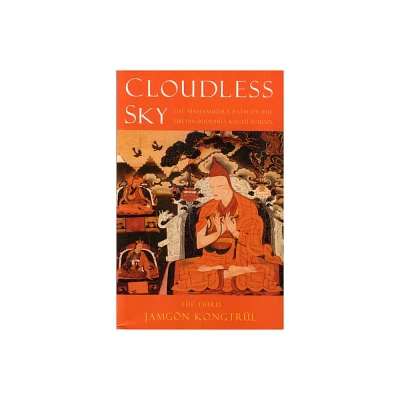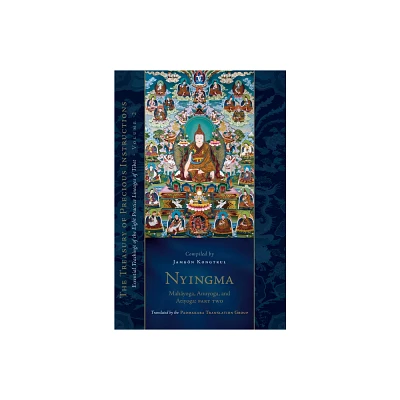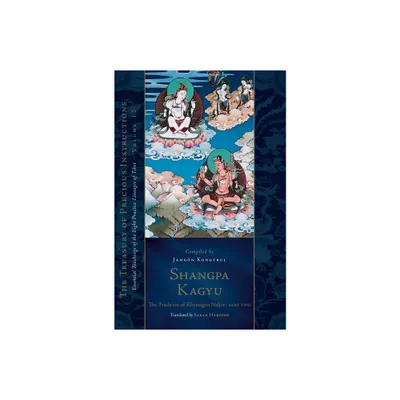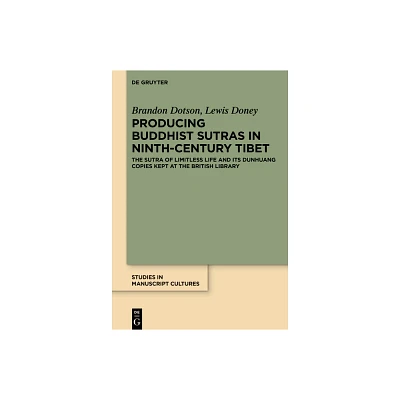Home
the Ri-me Philosophy of Jamgon Kongtrul Great: A Study Buddhist Lineages Tibet
Loading Inventory...
Barnes and Noble
the Ri-me Philosophy of Jamgon Kongtrul Great: A Study Buddhist Lineages Tibet
Current price: $34.95


Barnes and Noble
the Ri-me Philosophy of Jamgon Kongtrul Great: A Study Buddhist Lineages Tibet
Current price: $34.95
Loading Inventory...
Size: Paperback
*Product Information may vary - to confirm product availability, pricing, and additional information please contact Barnes and Noble
This compelling study of the Ri-me movement and of the major Buddhist lineages of Tibet is comprehensive and accessible. It includes an introduction to the history and philosophy of the Ri-me movement; a biography of the movement's leader, the meditation master and philosopher known as Jamgön Kongtrul the Great; helpful summaries of the eight lineages' practice-and-study systems, which point out the different emphases of the schools; an explanation of the most hotly disputed concepts; and an overview of the old and new tantras.
Jamgön Kongtrul the Great (1813–1899) is a giant in Tibetan history, renowned for his scholarly and meditative achievements, but also for his energetic yet evenhanded work to unify and strengthen the different lineages of Buddhism. The Ri-me movement, led by Kongtrul and several other leading scholars of the time, was a unifying effort to cut through interscholastic divisions and disputes that were occurring between the different lineages. These leaders sought appreciation of the differences and acknowledgment of the importance of variety in benefiting practitioners with different needs. The Ri-me teachers also took great care that the teachings and practices of the different schools and lineages, and their unique styles, did not become confused with one another. This lucid survey of the Ri-me movement will be of interest to serious scholars and practitioners of Tibetan Buddhism.
Jamgön Kongtrul the Great (1813–1899) is a giant in Tibetan history, renowned for his scholarly and meditative achievements, but also for his energetic yet evenhanded work to unify and strengthen the different lineages of Buddhism. The Ri-me movement, led by Kongtrul and several other leading scholars of the time, was a unifying effort to cut through interscholastic divisions and disputes that were occurring between the different lineages. These leaders sought appreciation of the differences and acknowledgment of the importance of variety in benefiting practitioners with different needs. The Ri-me teachers also took great care that the teachings and practices of the different schools and lineages, and their unique styles, did not become confused with one another. This lucid survey of the Ri-me movement will be of interest to serious scholars and practitioners of Tibetan Buddhism.














